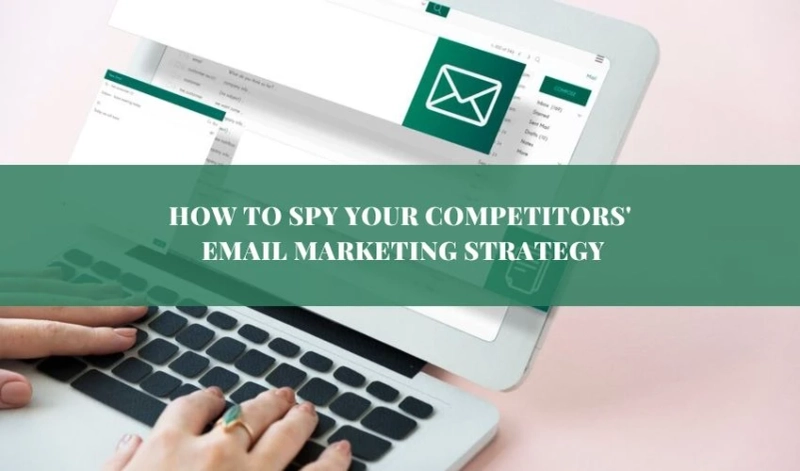In the cutthroat world of business, staying ahead of the competition is essential for survival and growth. One powerful tool in your arsenal for gaining an edge is spying on your competitors’ email marketing strategies. Email marketing remains one of the most effective ways to engage with customers, drive sales, and build brand loyalty. By dissecting and analyzing what your competitors are doing in their email campaigns, you can gain valuable insights to refine your own approach and outshine them in the inbox. In this guide, we'll delve into the tactics and tools you can use to peek behind the curtains of your competitors' email marketing efforts.
Understanding the Importance of Competitive Analysis in Email Marketing
Before we dive into the nitty-gritty of spying on your competitors’ email marketing strategies, let's first understand why it's crucial. Competitive analysis is not about copying what others are doing blindly. Instead, it's about gaining a deeper understanding of industry trends, audience preferences, and effective tactics. By dissecting your competitors' email campaigns, you can:
Identify Trends: Discover what's working and what's not in your industry.Benchmark Performance: Compare your metrics against competitors to gauge your performance.Find Inspiration: Get inspiration for content, design, and promotional strategies.Spot Opportunities: Identify gaps in the market or areas where your competitors are lacking.Stay Agile: Adapt your strategies based on the evolving landscape of your industry.Step-by-Step Guide to Spying on Your Competitors’ Email Marketing
1. Subscribe to Competitors’ Email Lists
The first step in spying on your competitors' email marketing is to subscribe to their email lists. This will give you firsthand experience of their email campaigns, allowing you to analyze their frequency, content, design, and promotional offers. Create a separate email address solely for this purpose to keep your personal or business inbox clutter-free.
2. Analyze Email Content and Design
Once you start receiving emails from your competitors, carefully analyze the content and design of their emails. Pay attention to:
Subject Lines: Note the tone, length, and effectiveness of subject lines in grabbing your attention.Content: Evaluate the type of content they include, such as promotional offers, product updates, blog posts, or newsletters.Design Elements: Look at the layout, color schemes, use of images, and overall aesthetics of their emails.3. Track Email Frequency and Timing
Monitor the frequency at which your competitors send emails and the timing of their campaigns. Are they sending emails daily, weekly, or monthly? What days and times do they typically send emails? This information can help you optimize your own email schedule for maximum impact.
4. Assess Engagement Metrics
Use email marketing tools or analytics platforms to track engagement metrics such as open rates, click-through rates, and conversion rates for your competitors' emails. This will give you insights into which types of content and offers resonate most with their audience.
5. Reverse Engineer Landing Pages and Funnels
When your competitors promote specific products or offers in their emails, follow the links to their landing pages and sales funnels. Analyze the structure, messaging, and design of these pages to understand how they convert email leads into customers.
6. Leverage Competitive Analysis Tools
There are several tools available that can automate and streamline the process of spying on your competitors' email marketing. Tools like MailCharts, SpyFu, and SimilarWeb provide insights into your competitors' email campaigns, including their email content, frequency, and engagement metrics.
7. Stay Ethical and Compliant
While competitive analysis is essential, it's important to stay ethical and compliant with data privacy regulations. Avoid unethical practices such as hacking into competitors' accounts or stealing their email lists. Stick to publicly available information and respect the privacy of your competitors and their subscribers.
Conclusion
Spying on your competitors' email marketing strategies can provide valuable insights to enhance your own campaigns and gain a competitive edge in the marketplace. By subscribing to their email lists, analyzing content and design, tracking engagement metrics, and leveraging competitive analysis tools, you can uncover hidden opportunities and stay ahead of the curve. Remember to approach competitive analysis ethically and use the insights you gather to innovate and differentiate your brand in the crowded landscape of email marketing.



